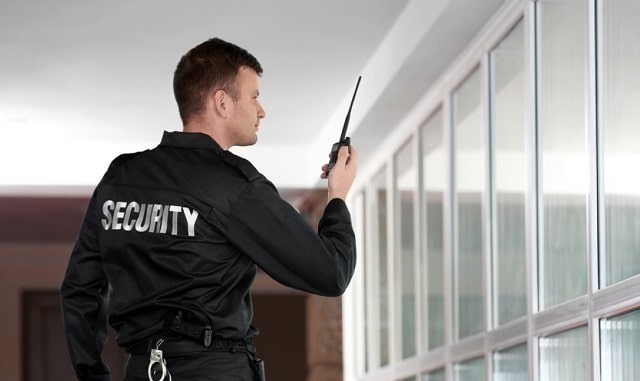
In today's ever-changing world, ensuring security has become increasingly vital. Whether it is safeguarding spaces, residential areas, or commercial properties, the key lies in implementing surveillance techniques. One such strategy is patrolling, which involves the utilization of technology and extensive monitoring to enhance security measures. This article will delve into the aspects of patrolling and explore how it can be employed to elevate security levels.
1. Understanding Strategic Patrolling
What is patrolling in security? Strategic patrolling is an approach to maintaining security by monitoring designated areas through patrols. Instead of solely relying on surveillance systems like CCTV cameras, strategic patrolling involves personnel actively monitoring different locations in real-time. This method offers benefits by enabling response and deterring potential threats through enhanced visibility.
2. The Role Of Technology
Technology plays a huge role in augmenting the effectiveness of patrolling efforts. In recent years, advanced surveillance equipment has become more accessible and affordable, empowering security teams across industries. These technologies encompass motion sensors drones equipped with imaging cameras for views, GPS tracking devices for precise patrol routes, and facial recognition software to identify individuals who may pose a threat.
3. Identifying Vulnerable Areas
In order to create a plan for patrolling it is crucial to identify areas that are susceptible to security risks in advance. This involves conducting risk assessments and analyzing crime patterns in the region. By obtaining information, security teams can concentrate their resources where they are most needed, resulting in coverage and increased deterrence.
4. Planning Patrol Routes
Vulnerable areas have been identified the next step is to plan patrol routes. During this phase, factors such as proximity to high-risk zones and the frequency of incidents reported in areas may be taken into consideration when scheduling patrols.
5. Utilizing Mobile Surveillance Units
With advancements in technology, mobile surveillance units have become useful tools for expanding patrolling beyond indoor settings into broader outdoor spaces. These units can be used to monitor areas during events or at designated intervals, providing flexibility in coverage and assisting in response times.
6. Enhancing Situational Awareness
One of the advantages of patrolling is its ability to enhance overall situational awareness within a location. When personnel actively monitor their surroundings instead of solely relying on fixed cameras, they can quickly gather information. Make timely decisions in real-time. This offers an opportunity for smooth communication with law enforcement authorities or other personnel who need to be informed.
7. Collaborative Efforts
Effective patrolling often requires collaboration among stakeholders, such as security teams, local law enforcement agencies, and concerned citizens. By coordinating their efforts, everyone can work together towards the security goals. This includes sharing information about activities or individuals and collectively taking measures.
8. Maintaining Training Standards
In order to implement patrolling effectively, it is important to have trained personnel on duty. These patrols should undergo training programs that cover procedures, emergency response techniques, and legal regulations related to patrolling responsibilities and interactions with civilians. While using technology can enhance their efficiency, including technological aspects in their training program is also valuable.
9. Data Analysis And Predictive Modeling
One of the benefits of patrolling is the ability to gather data from surveillance efforts. This data can be. Used to identify patterns, trends, and potential risks. By employing modeling techniques, security teams can anticipate threats and allocate resources more effectively for enhanced overall security measures.
10. Continuous Evaluation And Adaptation
Patrolling should not be a fixed process but rather a dynamic one that adapts to changing circumstances. It is crucial to evaluate patrol routes risk assessments, the effectiveness of technology, and response times in order to identify areas that can be improved. We can ensure that security measures are constantly optimized by receiving feedback and making adaptations.
Conclusion
Investing time and resources in implementing patrolling techniques can greatly enhance security across settings. Combining technology with personnel enables us to monitor situations and respond quickly and closely. A crafted strategy that includes risk assessments, oversight of personnel, and collaborative efforts brings peace of mind to everyone involved by taking a proactive approach to security. It is only through the utilization of these techniques that our society can better protect itself against threats, providing enhanced safety for all.
